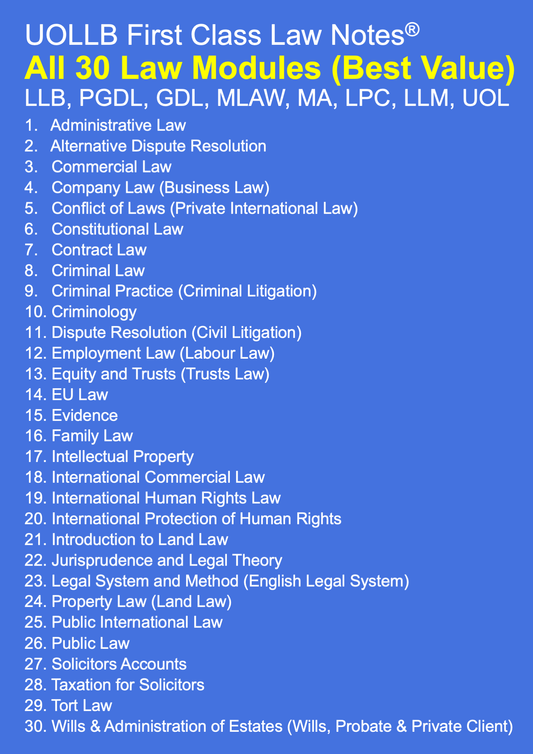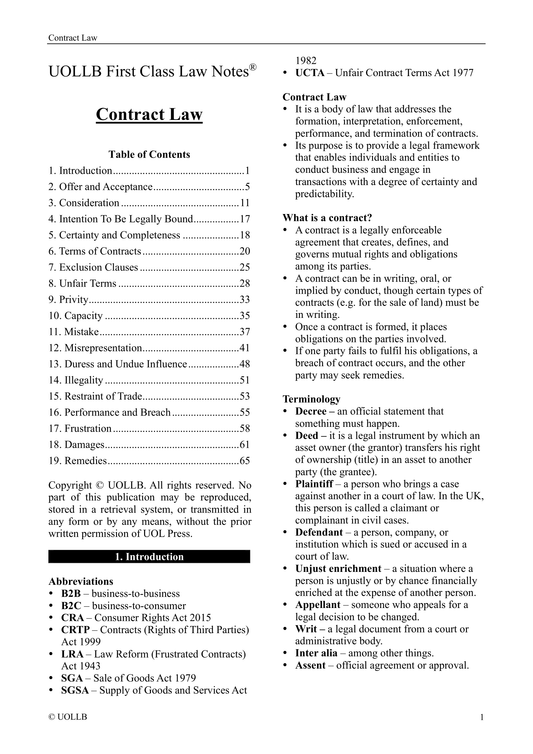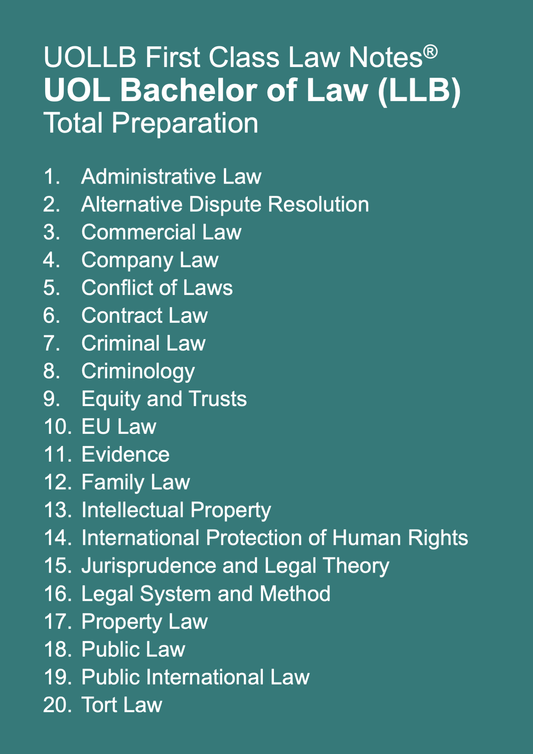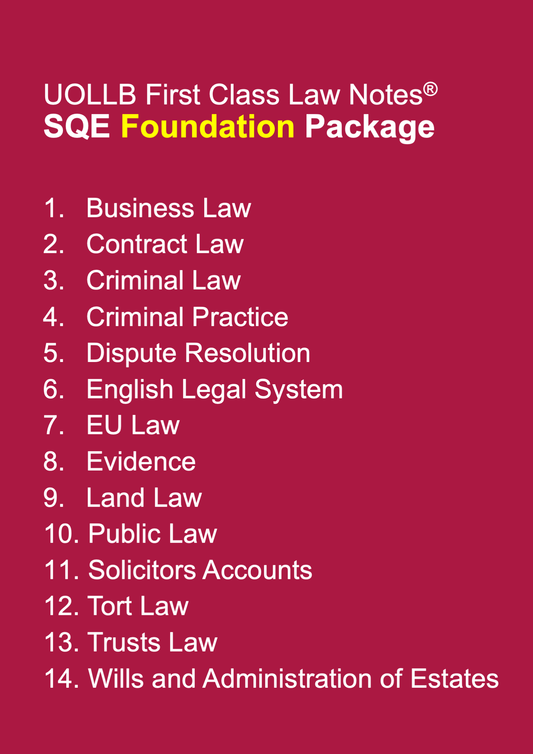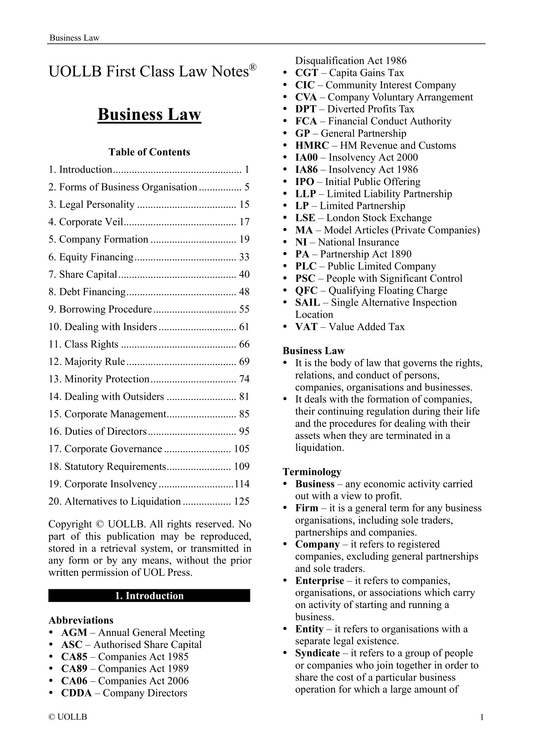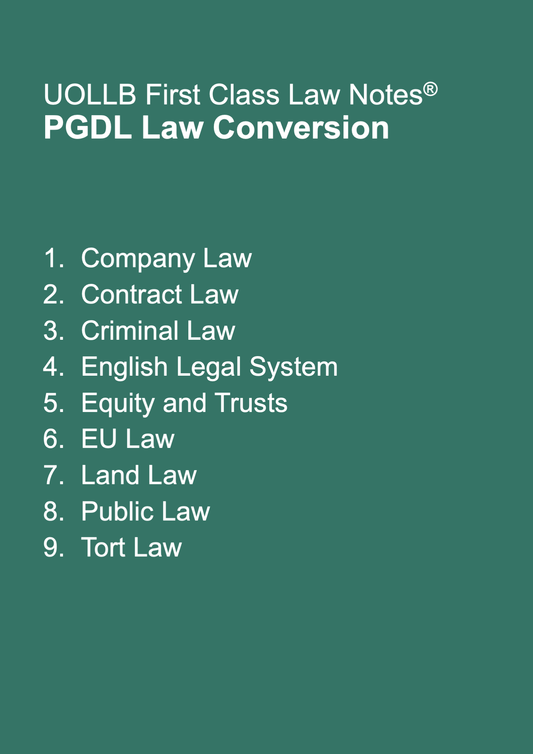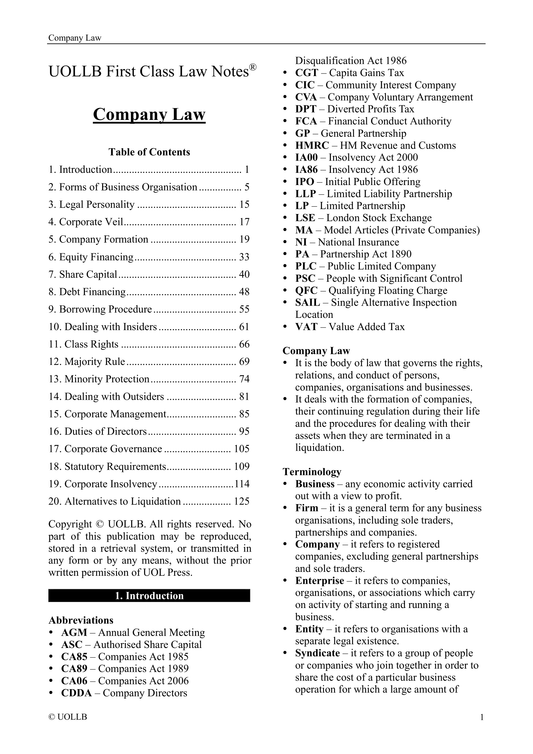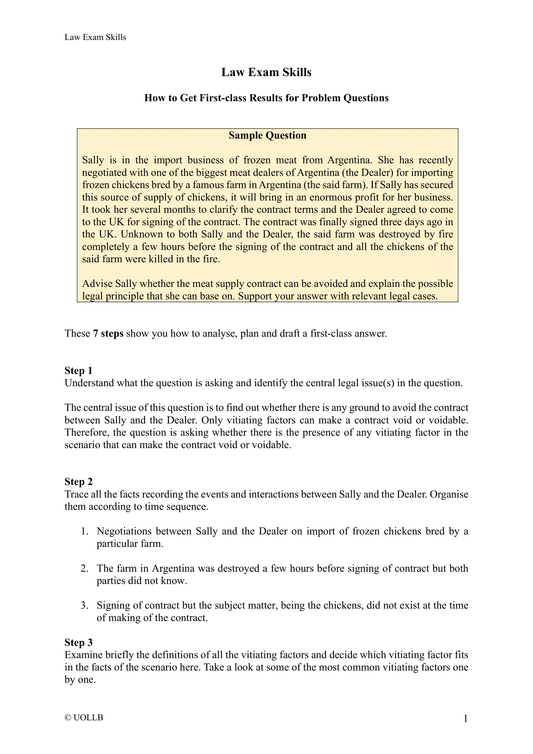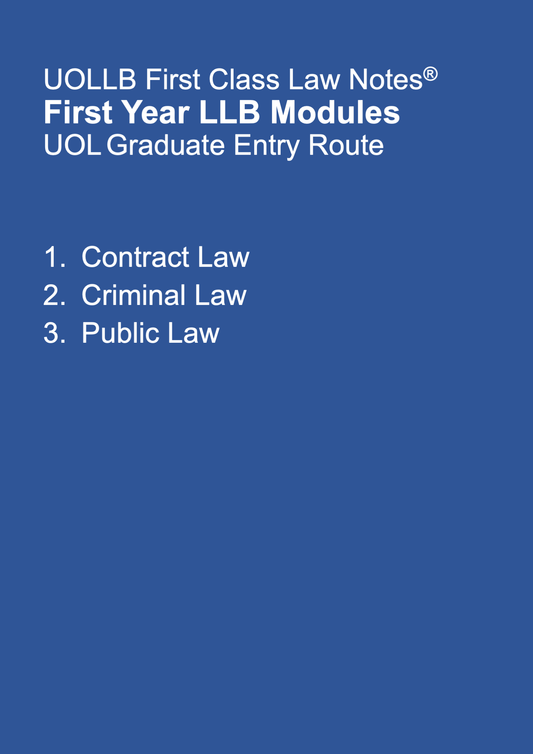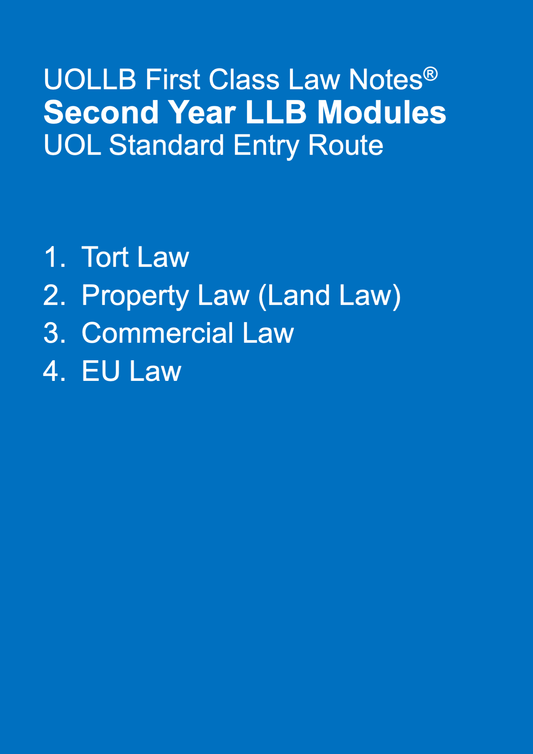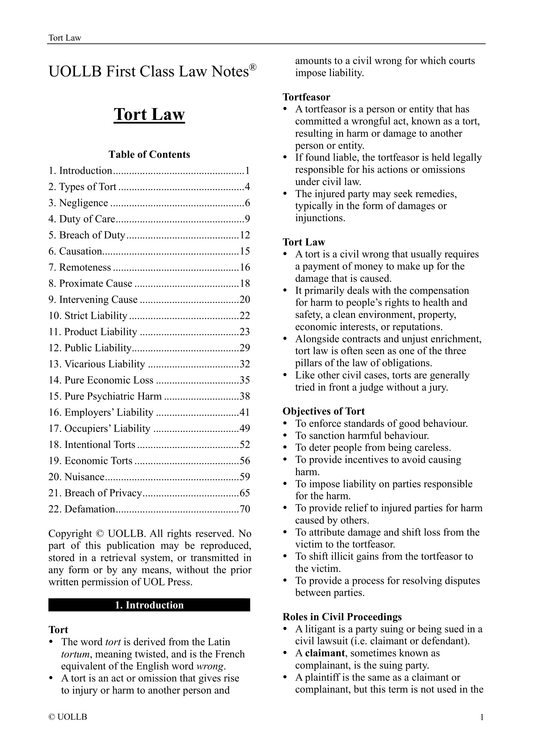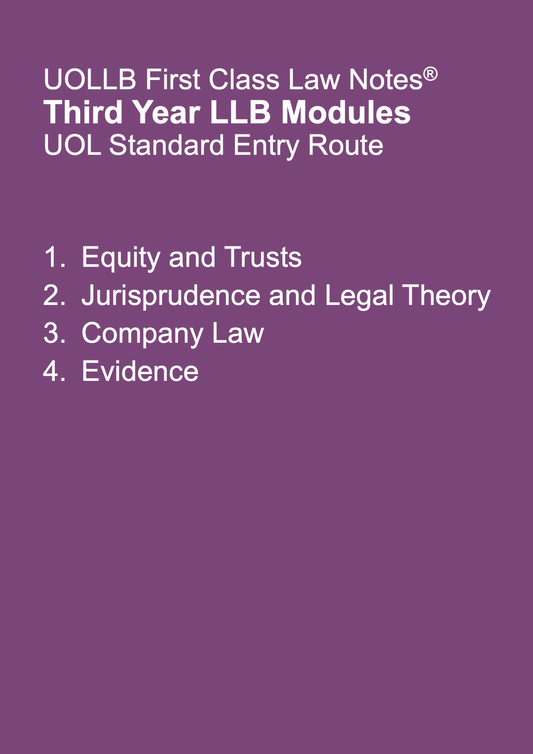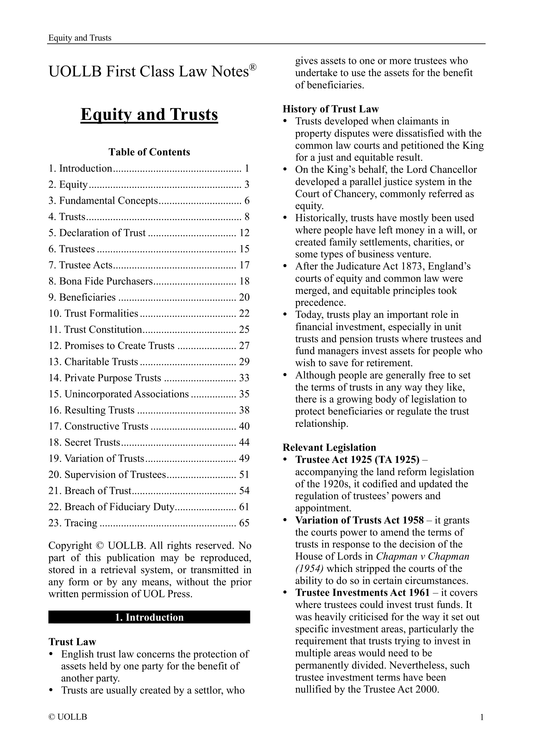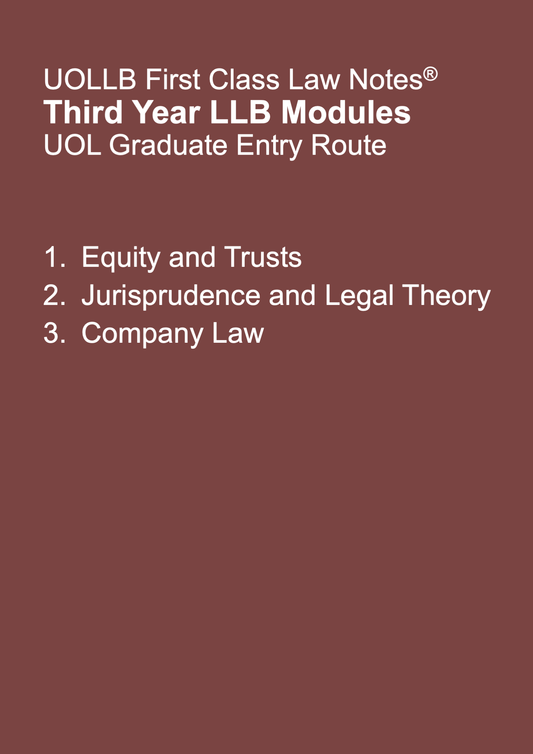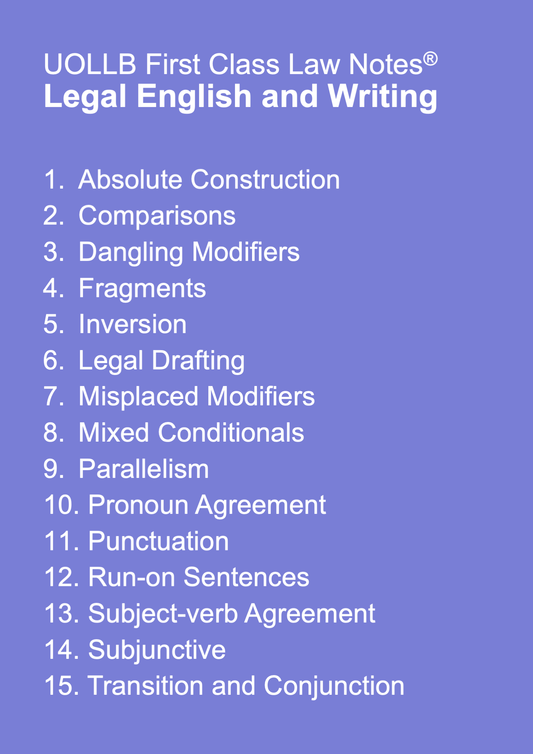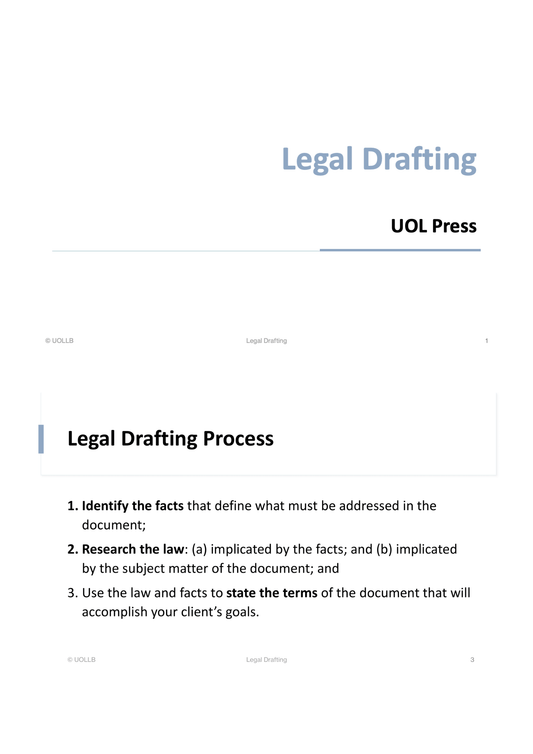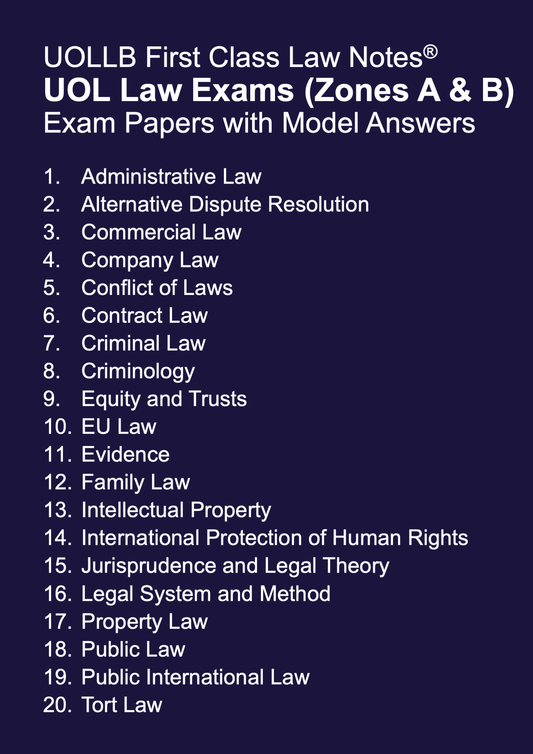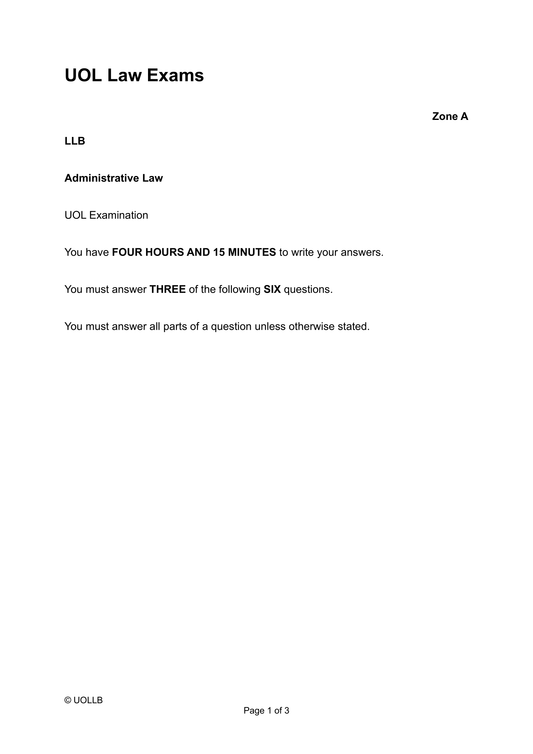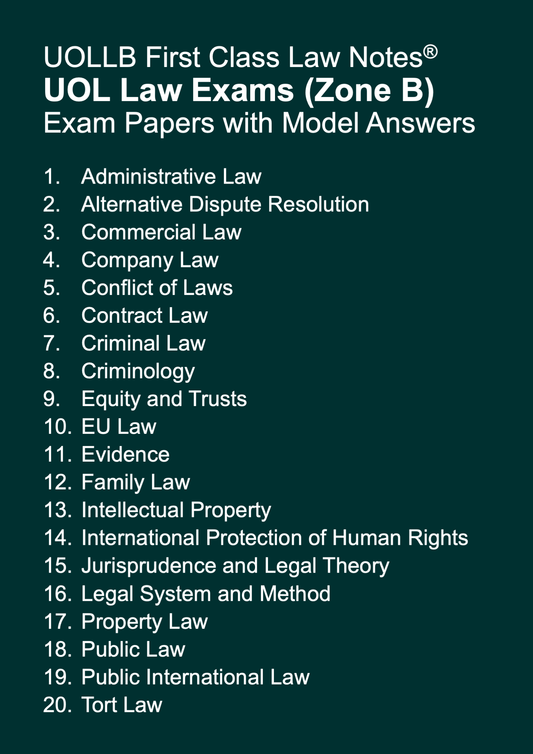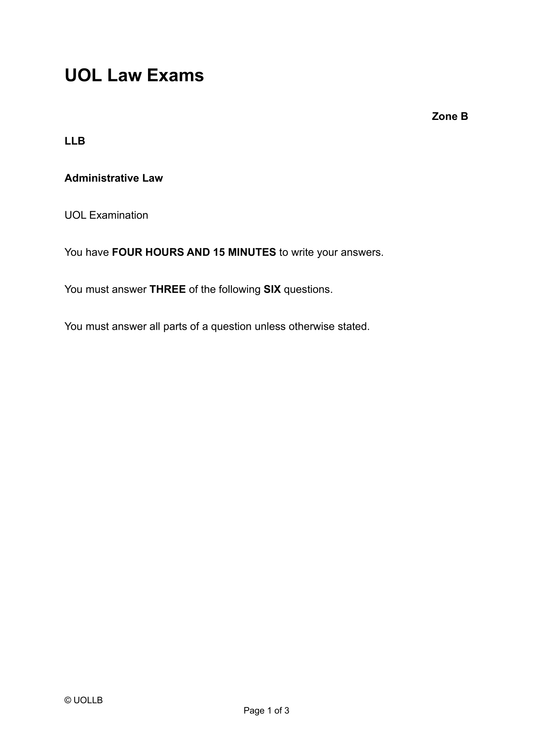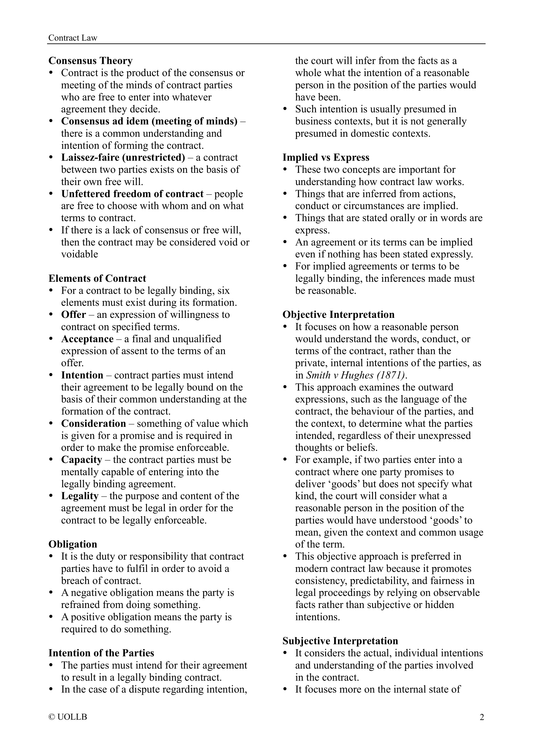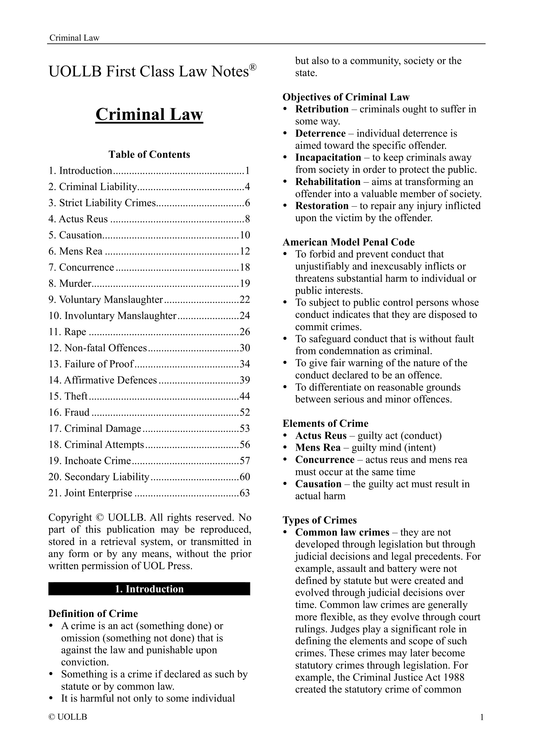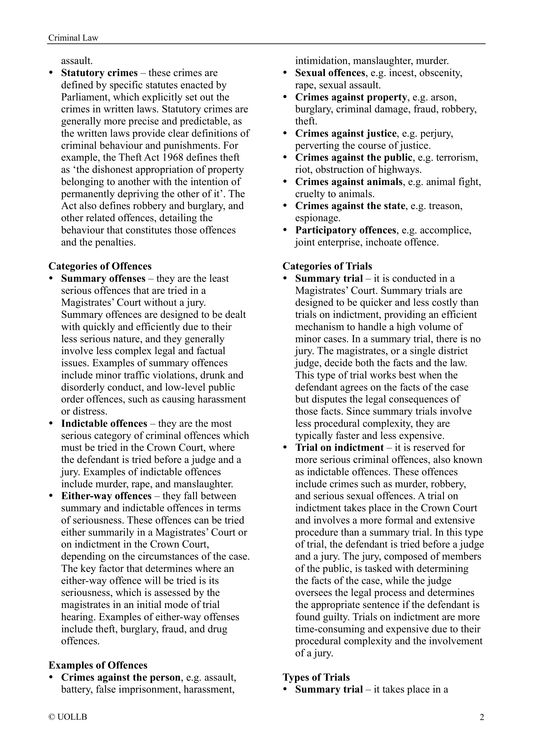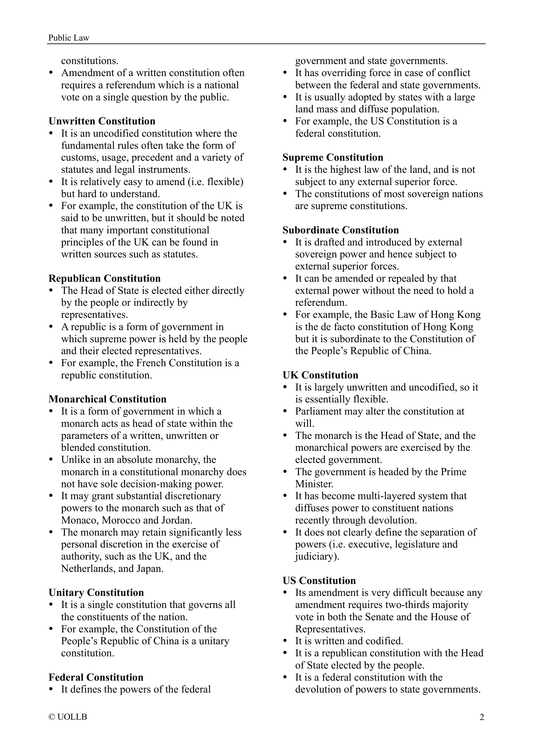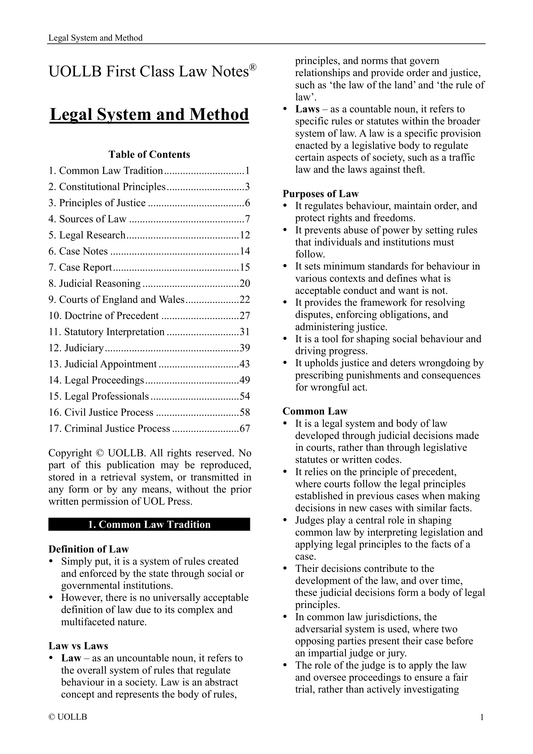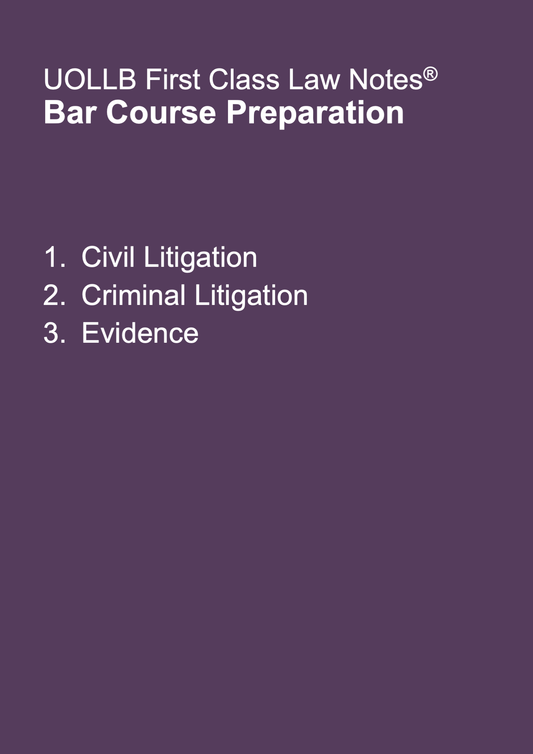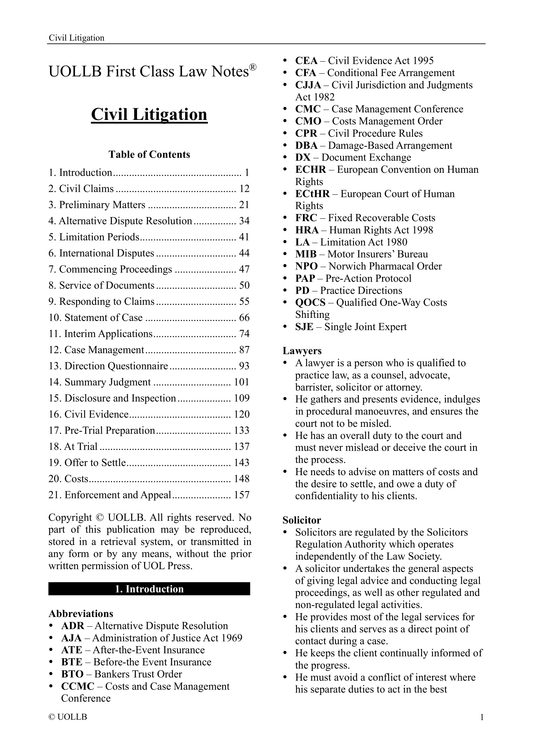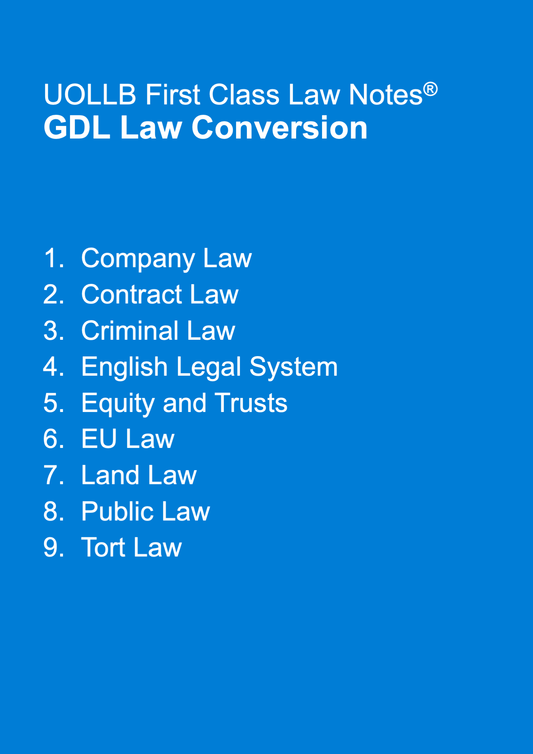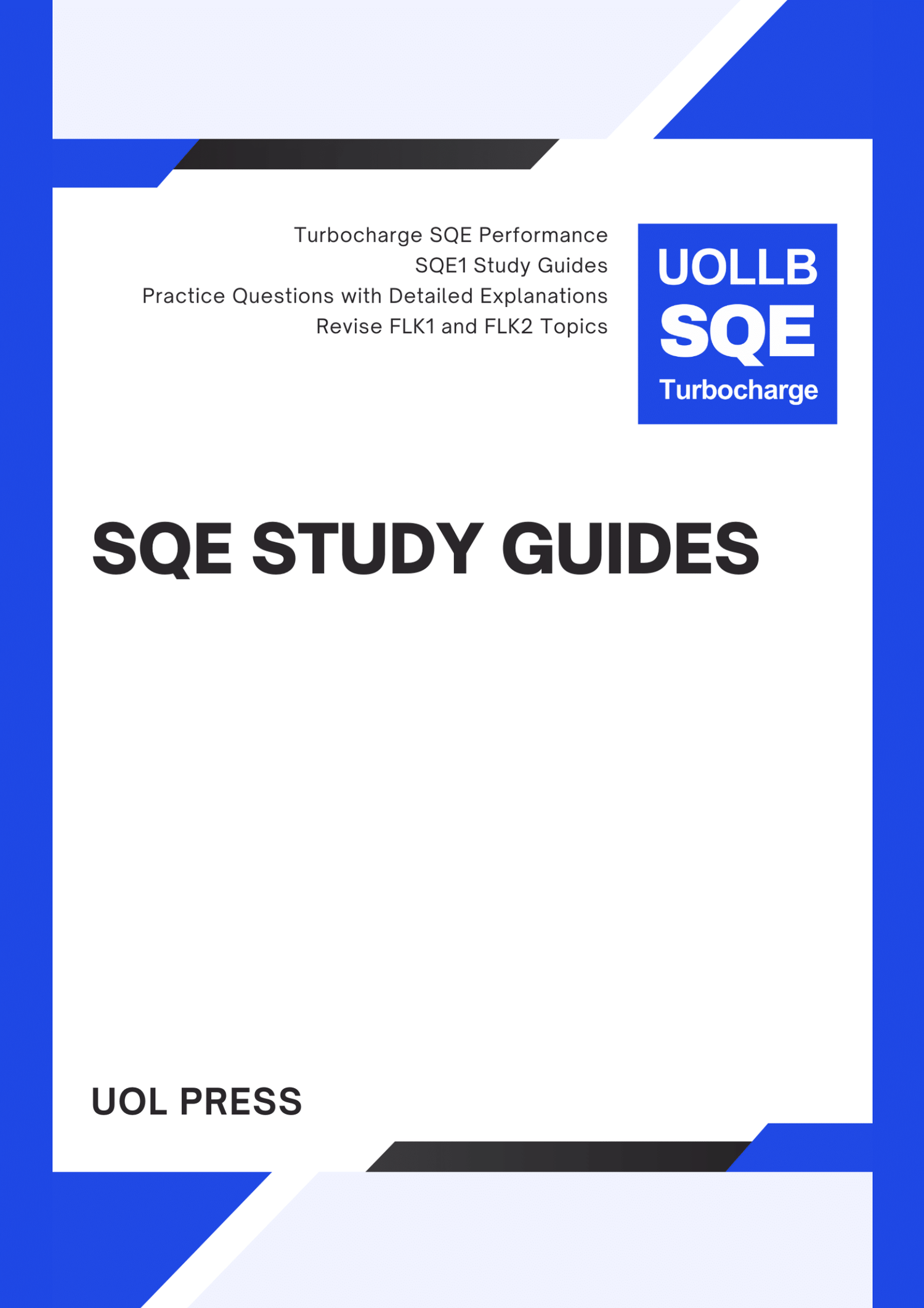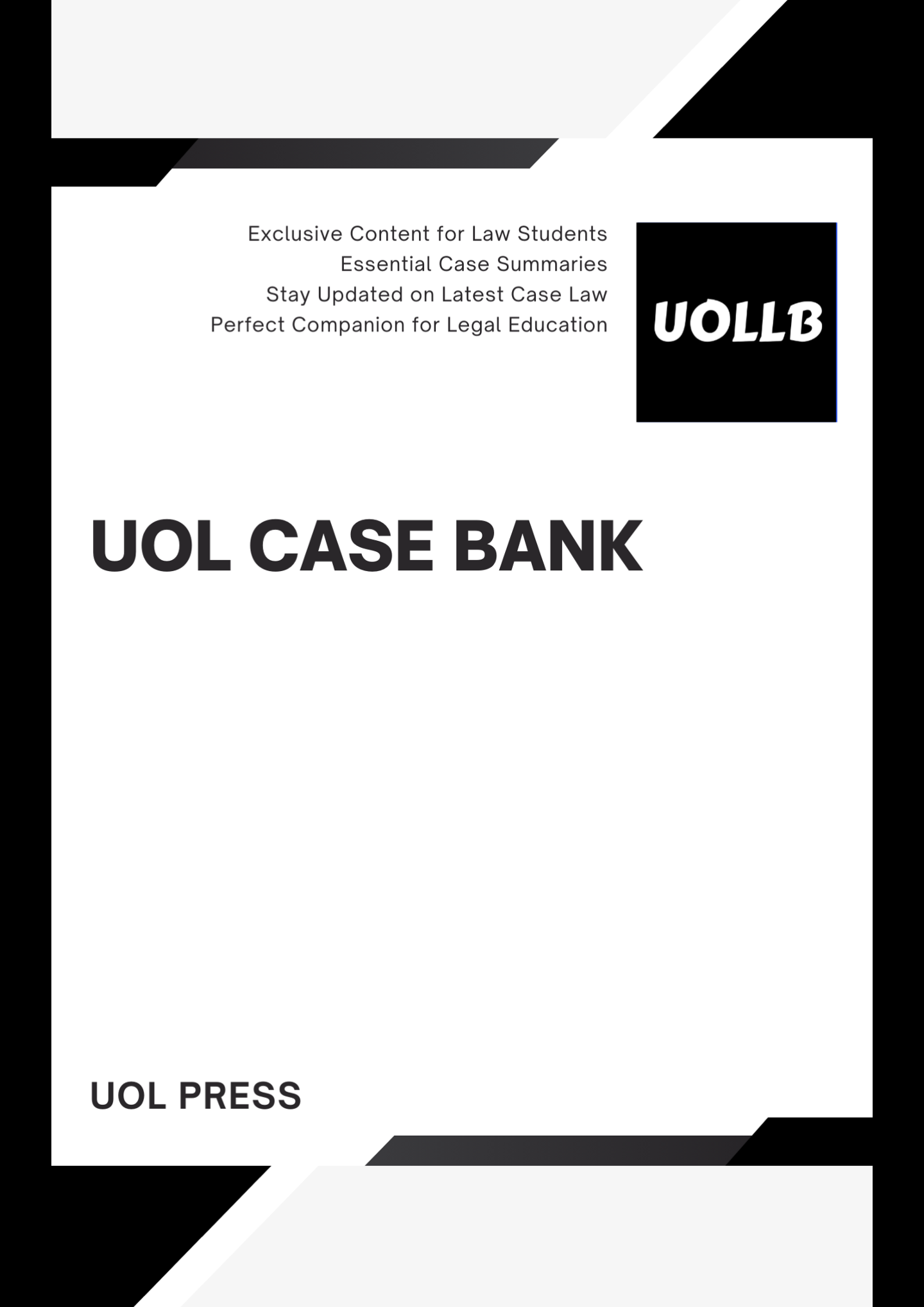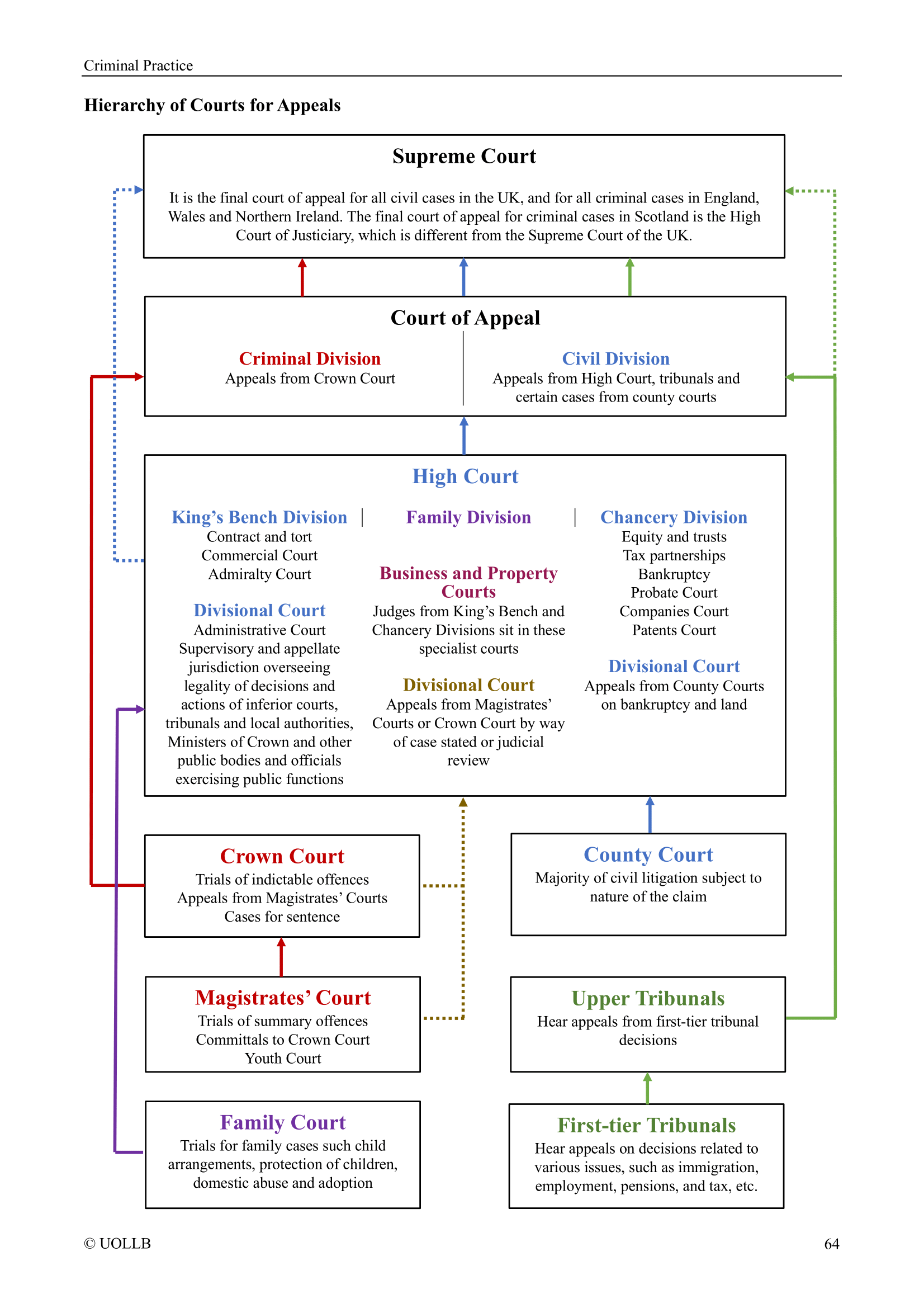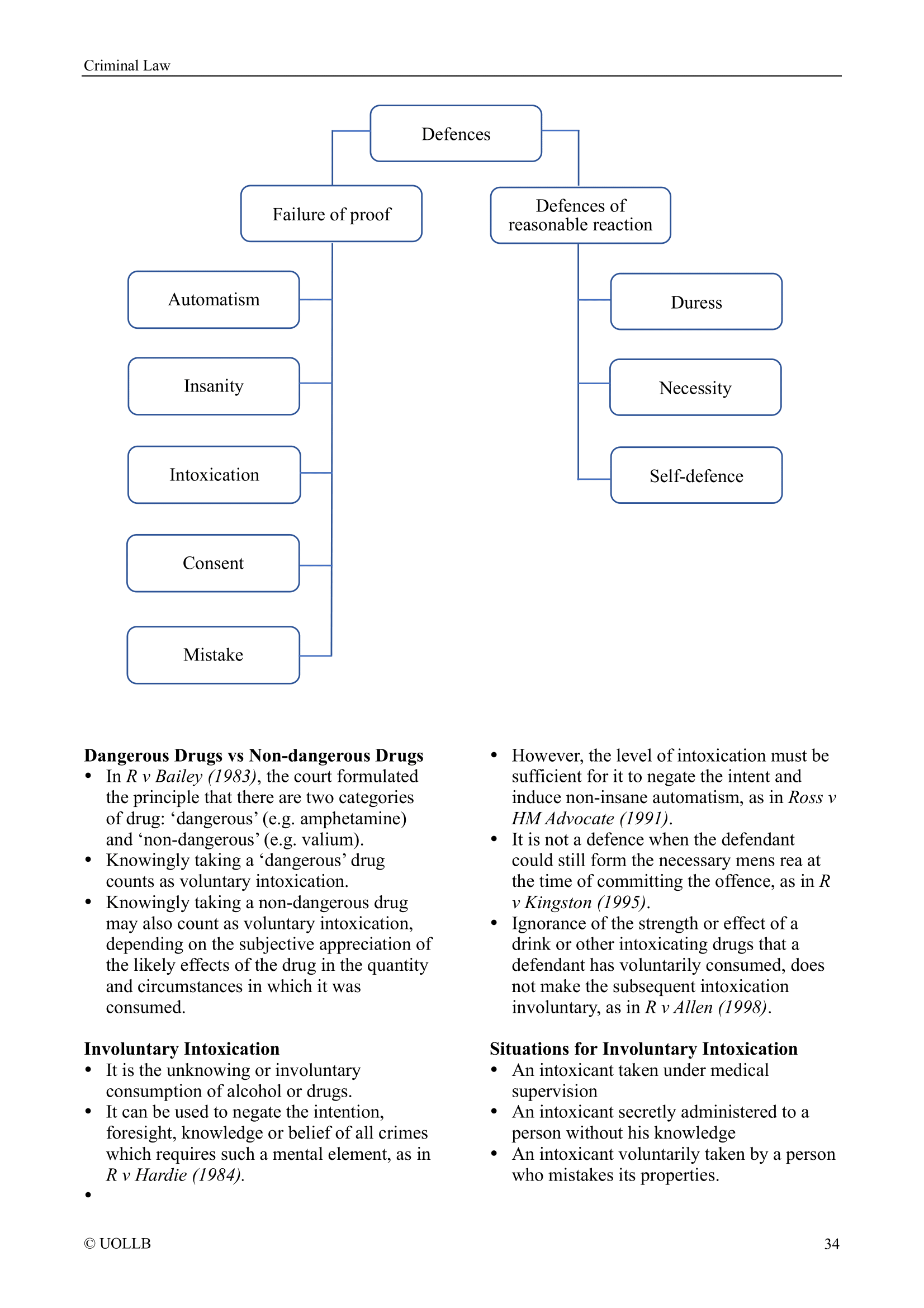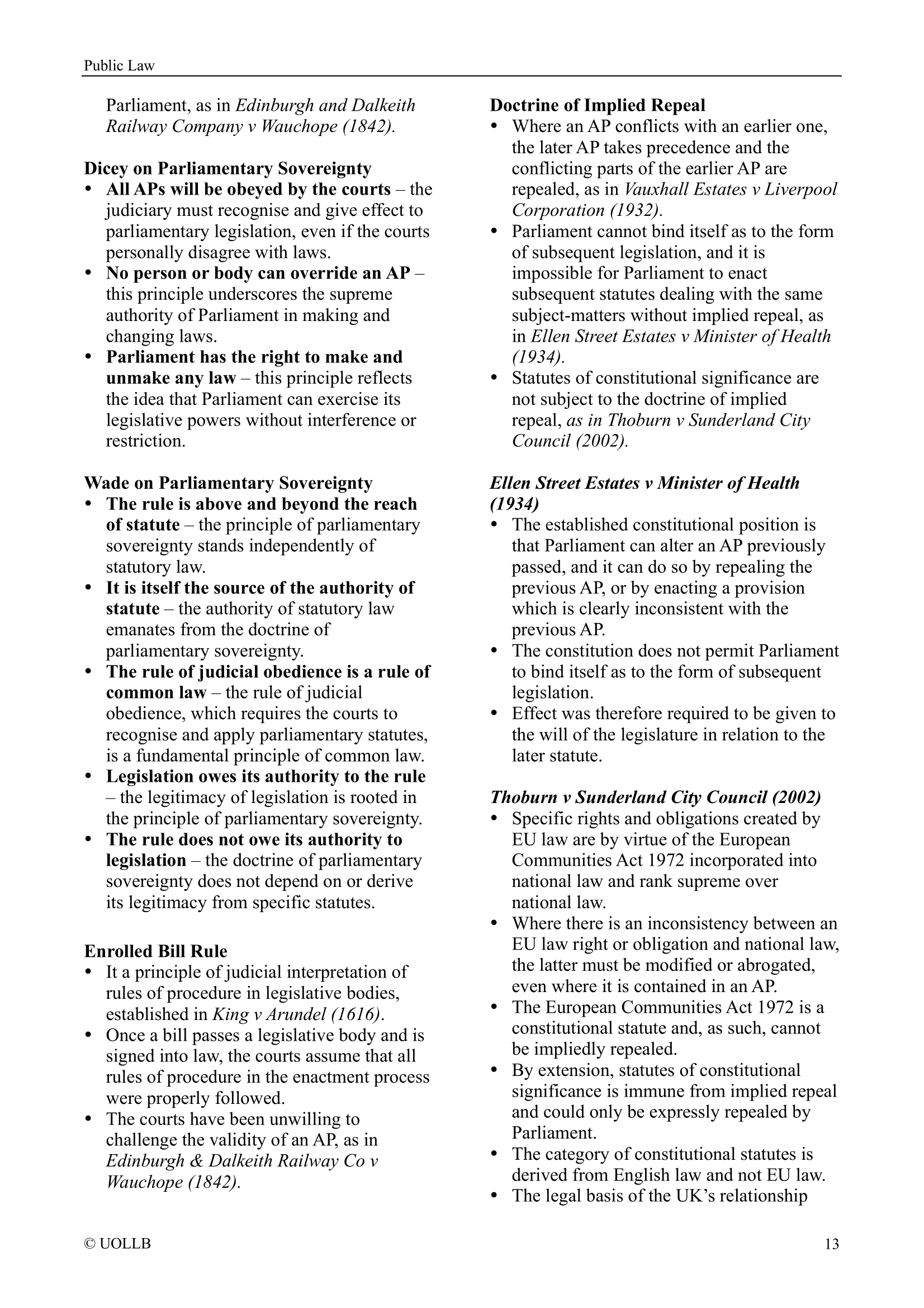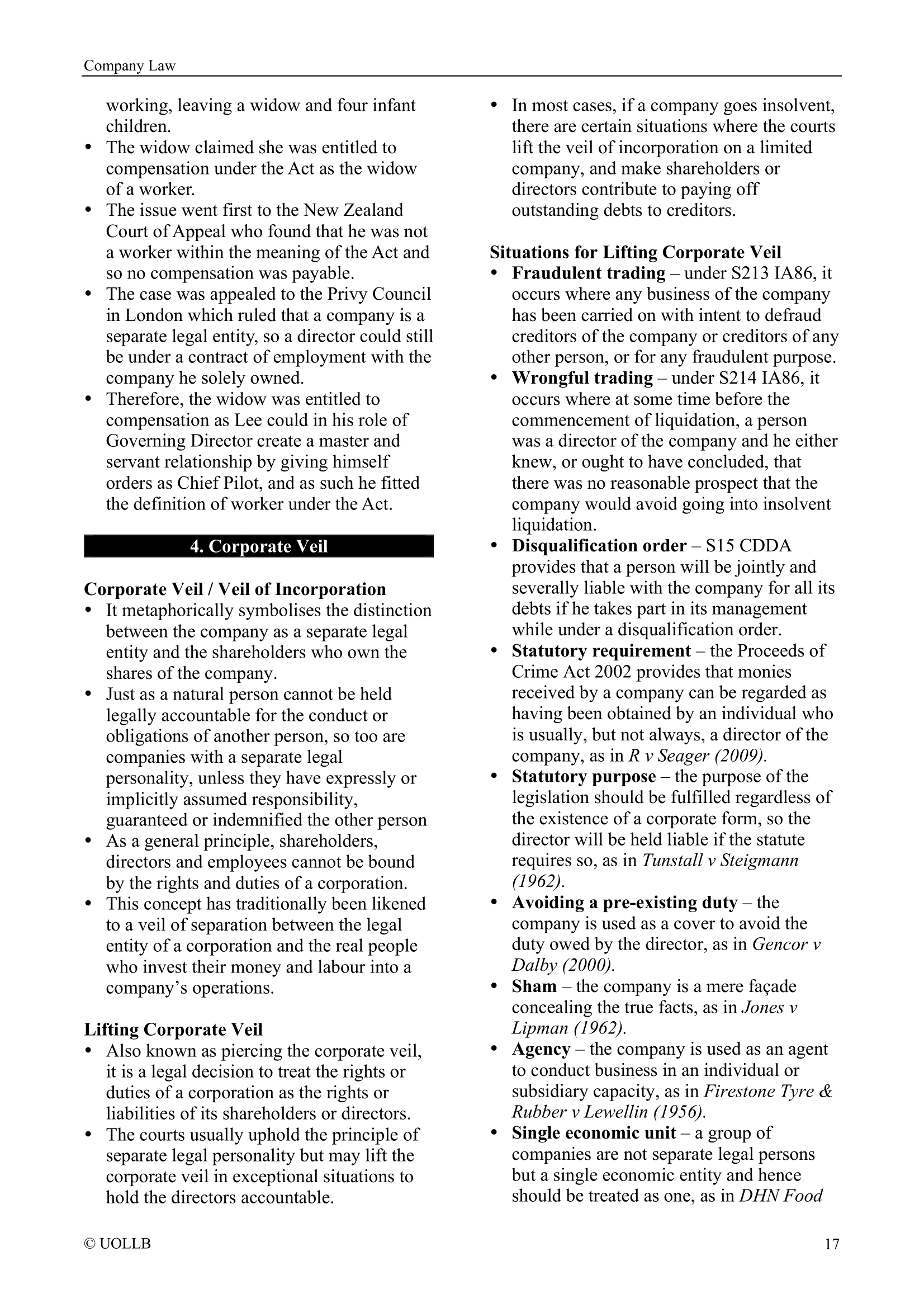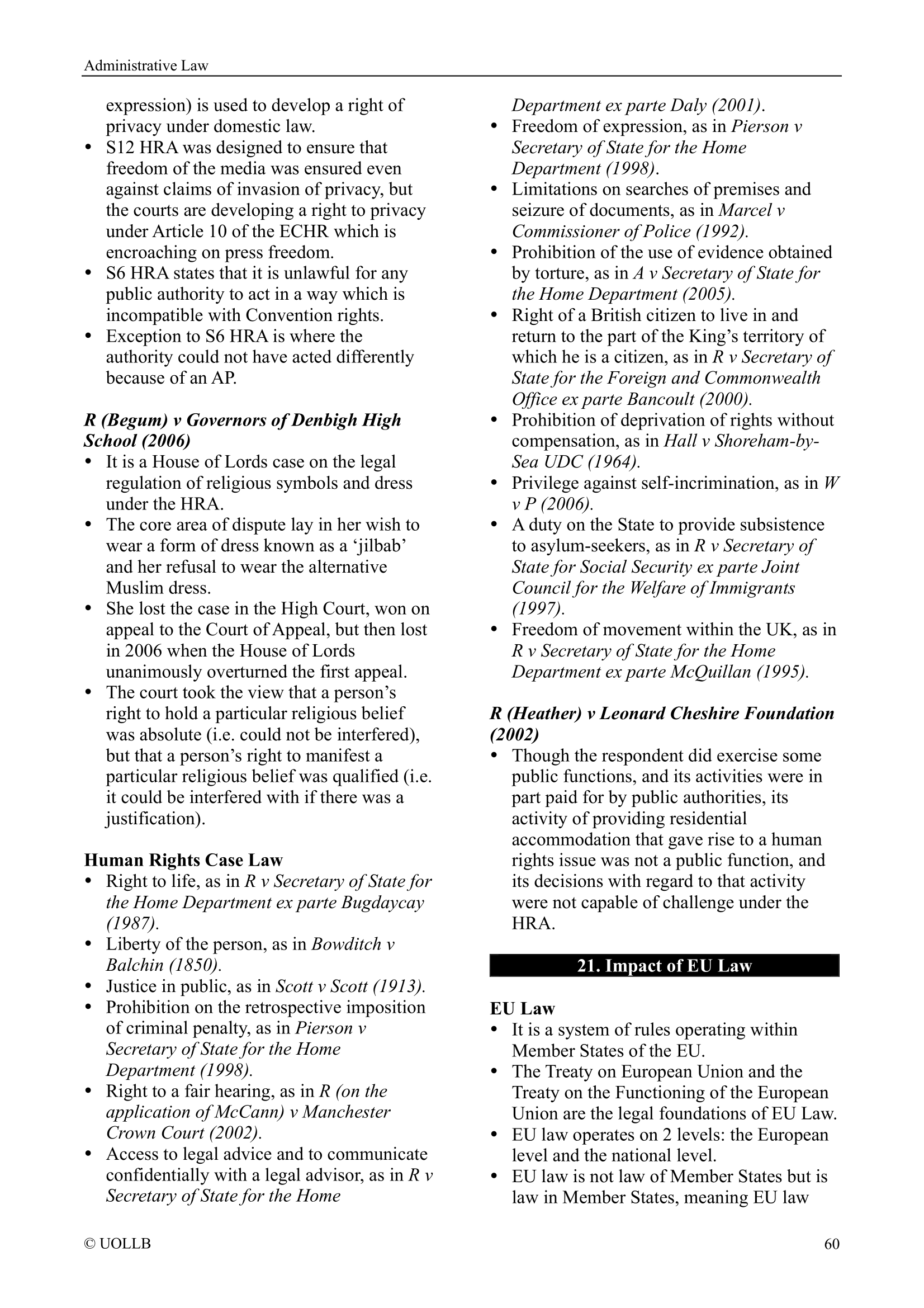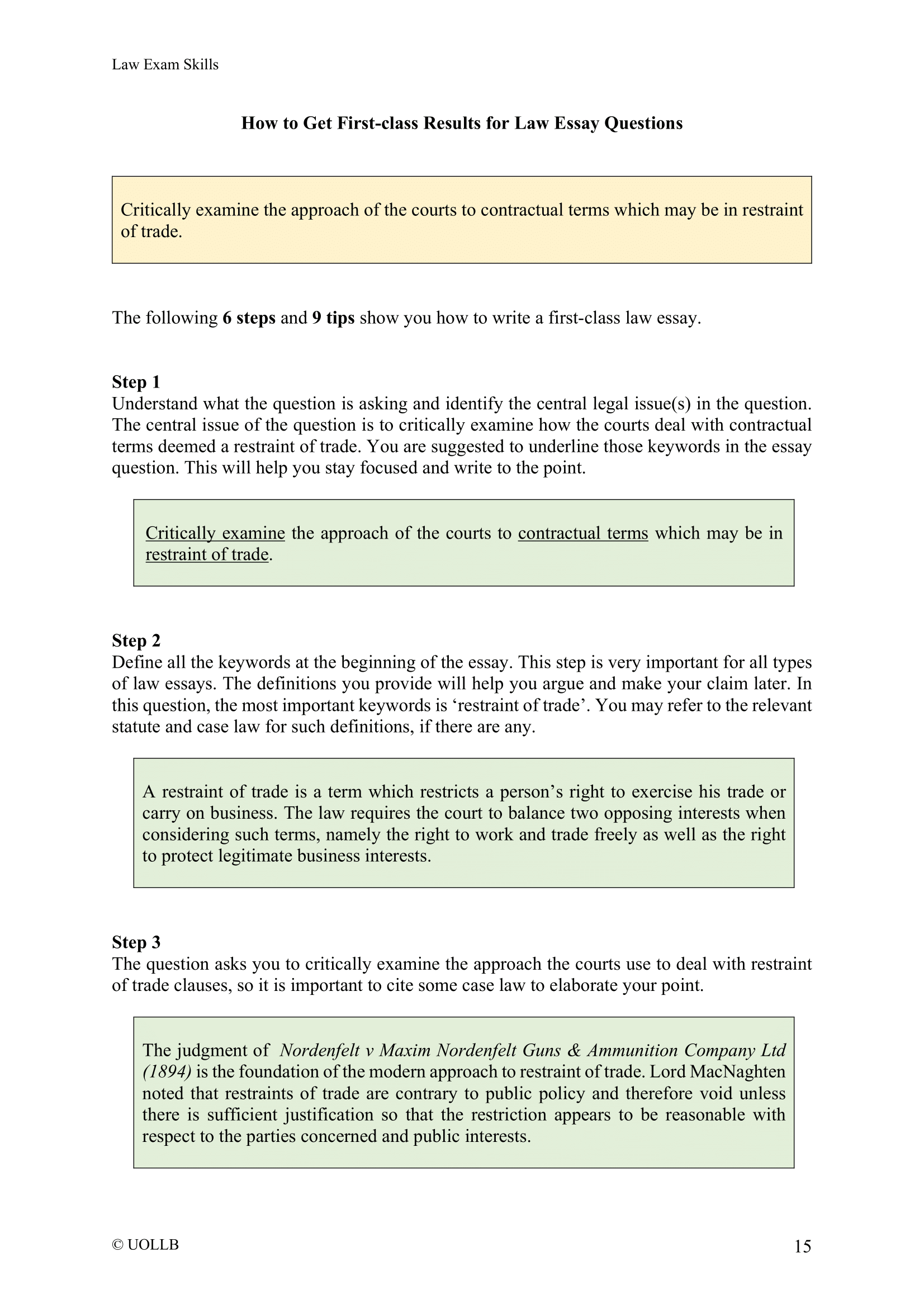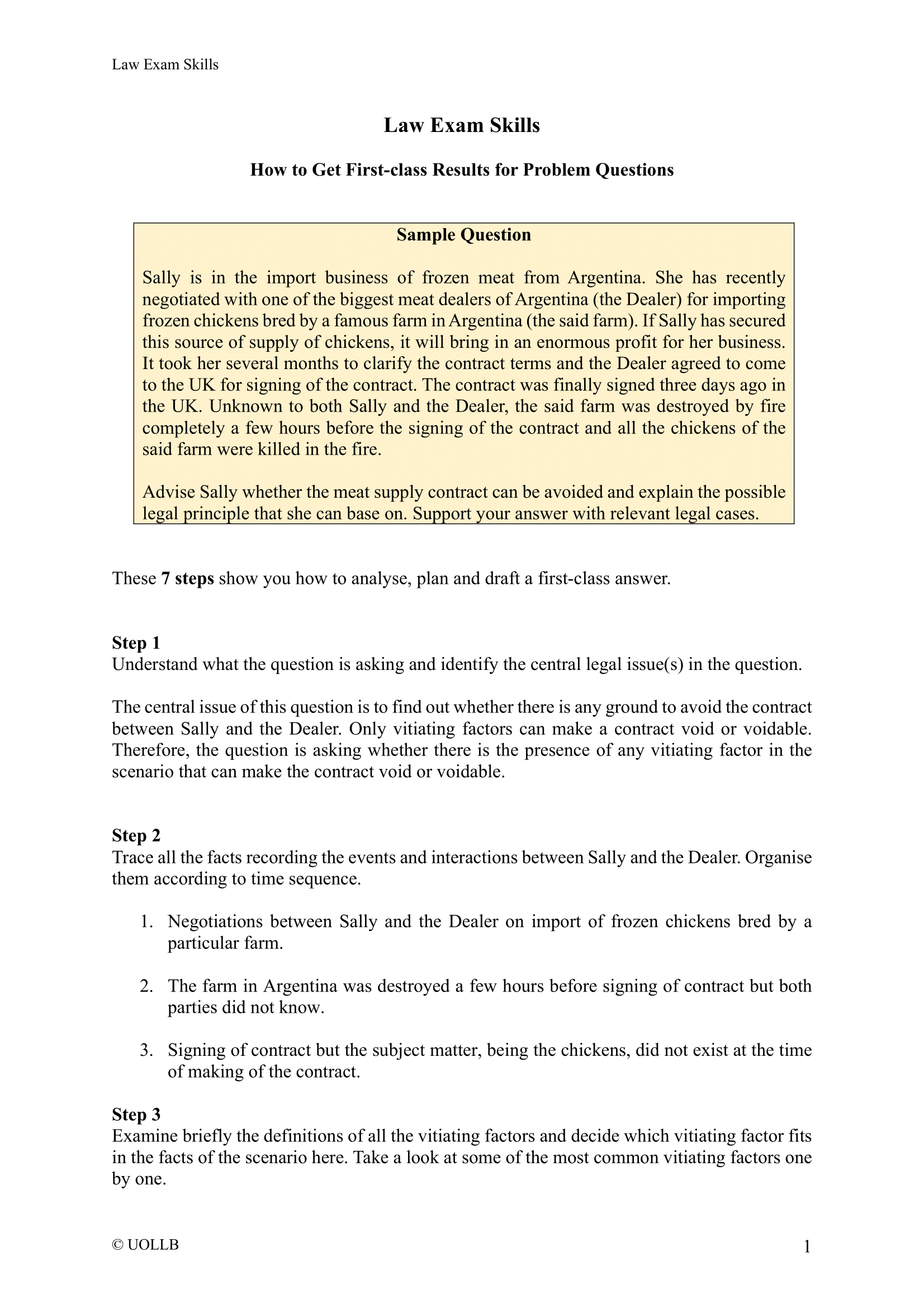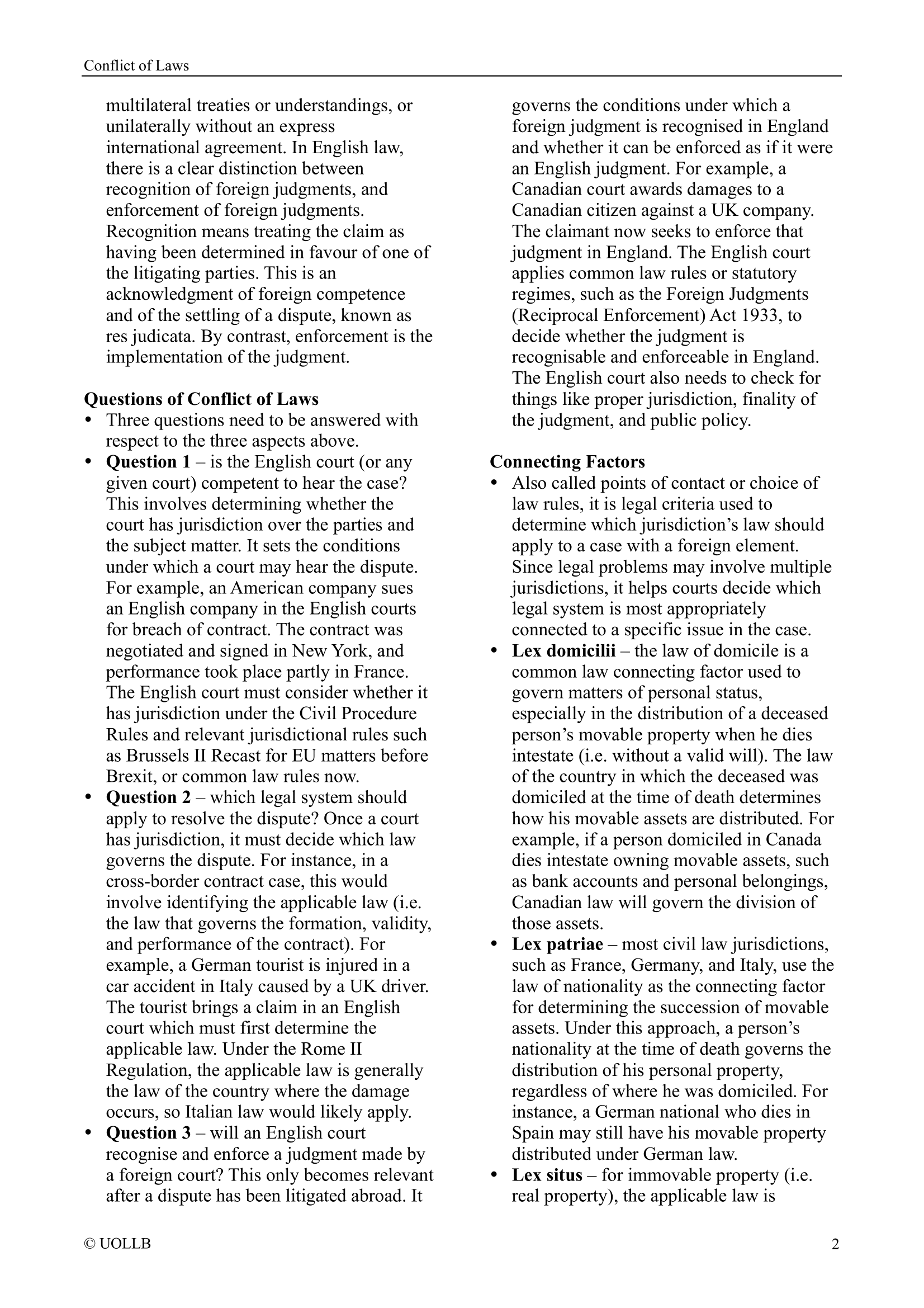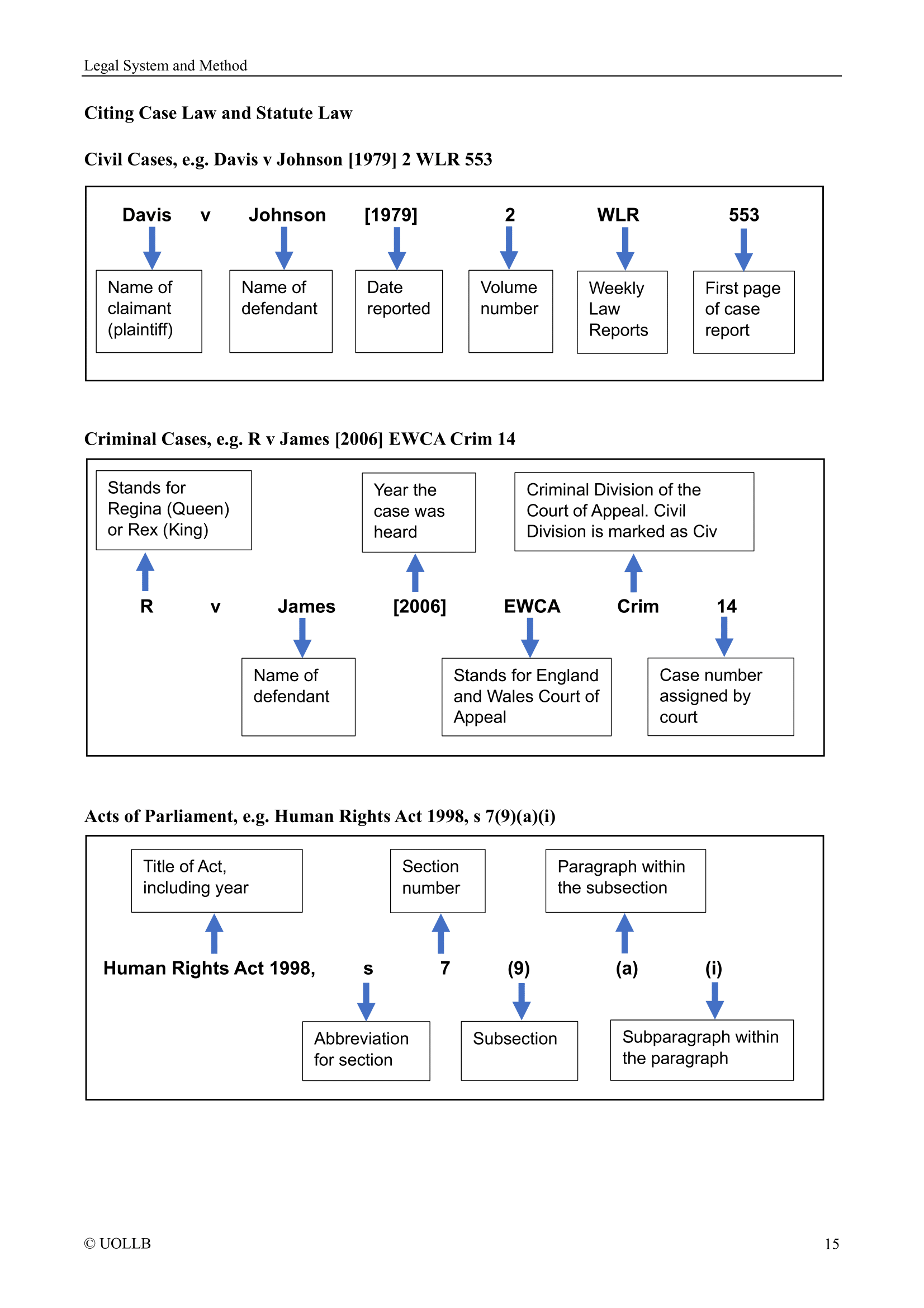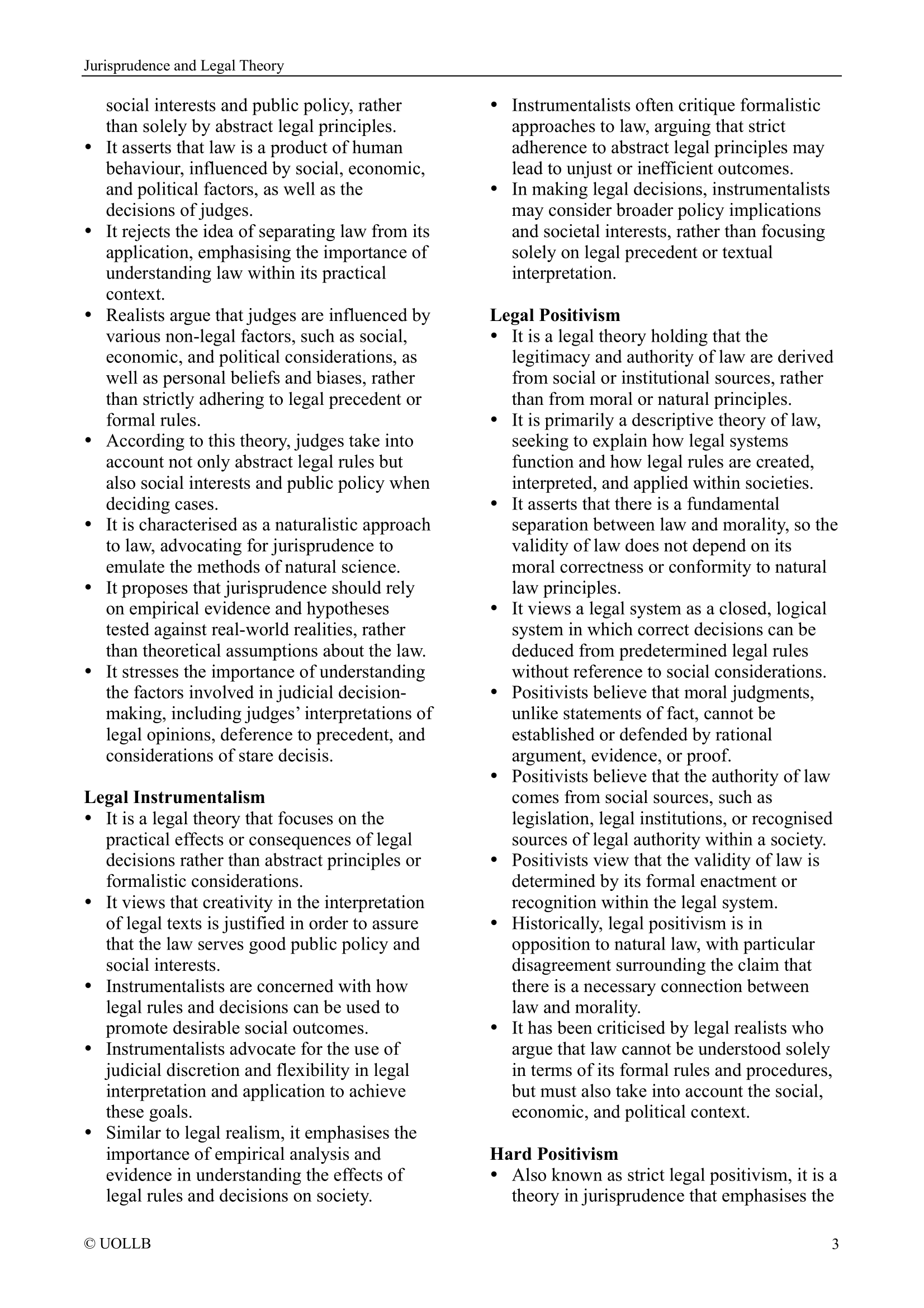Re A (Children) (Conjoined Twins: Surgical Separation) [2000]
Share
Re A (Children) (Conjoined Twins: Surgical Separation) [2000] 4 All ER 961 is a notable case where the Court of Appeal was faced with an extraordinarily difficult moral and legal dilemma involving conjoined twins, Jodie and Mary.
In this case, medical evidence showed that without surgical intervention both twins would die within months, but if the proposed surgery were carried out, Jodie would have a high chance of surviving and leading a near-normal life, whereas Mary, who was entirely dependent on Jodie’s circulatory system, would inevitably die. The parents opposed the operation on religious grounds, but the hospital sought a declaration that it would be lawful to proceed.
The Court of Appeal concluded that the operation would be lawful. Ward LJ reasoned that it could be justified as a form of quasi self-defence: Mary’s continued dependence was, in effect, draining Jodie’s life, and the doctors would be acting to protect Jodie from this unintentional but fatal threat. Brooke LJ took a different approach, finding that the defence of necessity was applicable. He argued that the doctors were acting to avert the greater harm of losing both children and were therefore entitled to take the course that, while tragic for Mary, would save Jodie’s life. The judges agreed that this was a situation in which the lesser of two evils had to be chosen, and the doctors’ decision was a rational and compassionate one in the circumstances.
In reaching its conclusion, the court distinguished the infamous case of R v Dudley & Stephens [1884], where shipwrecked sailors killed and ate a cabin boy to survive. In that case, necessity was rejected as a defence to murder because the defendants had actively selected their victim. By contrast, in Re A, the doctors were not arbitrarily choosing whom to kill but were confronted with an unavoidable conflict of duties, with no possibility of saving both children.
The decision was explicitly confined to cases of medical necessity and underscored the exceptional nature of such rulings. Nonetheless, it raised enduring questions about who should make such life-and-death decisions and how the law should navigate these profound ethical challenges.
